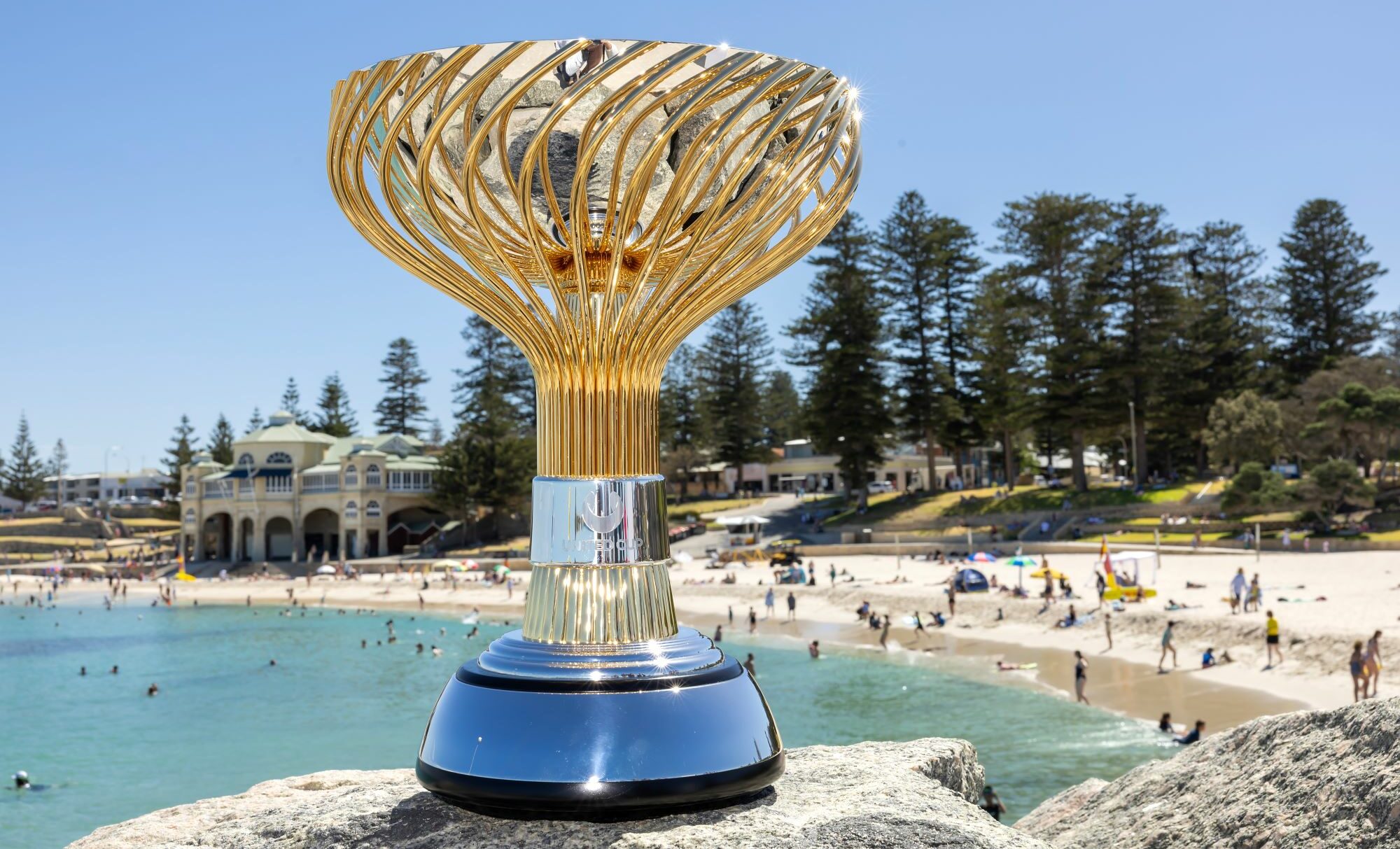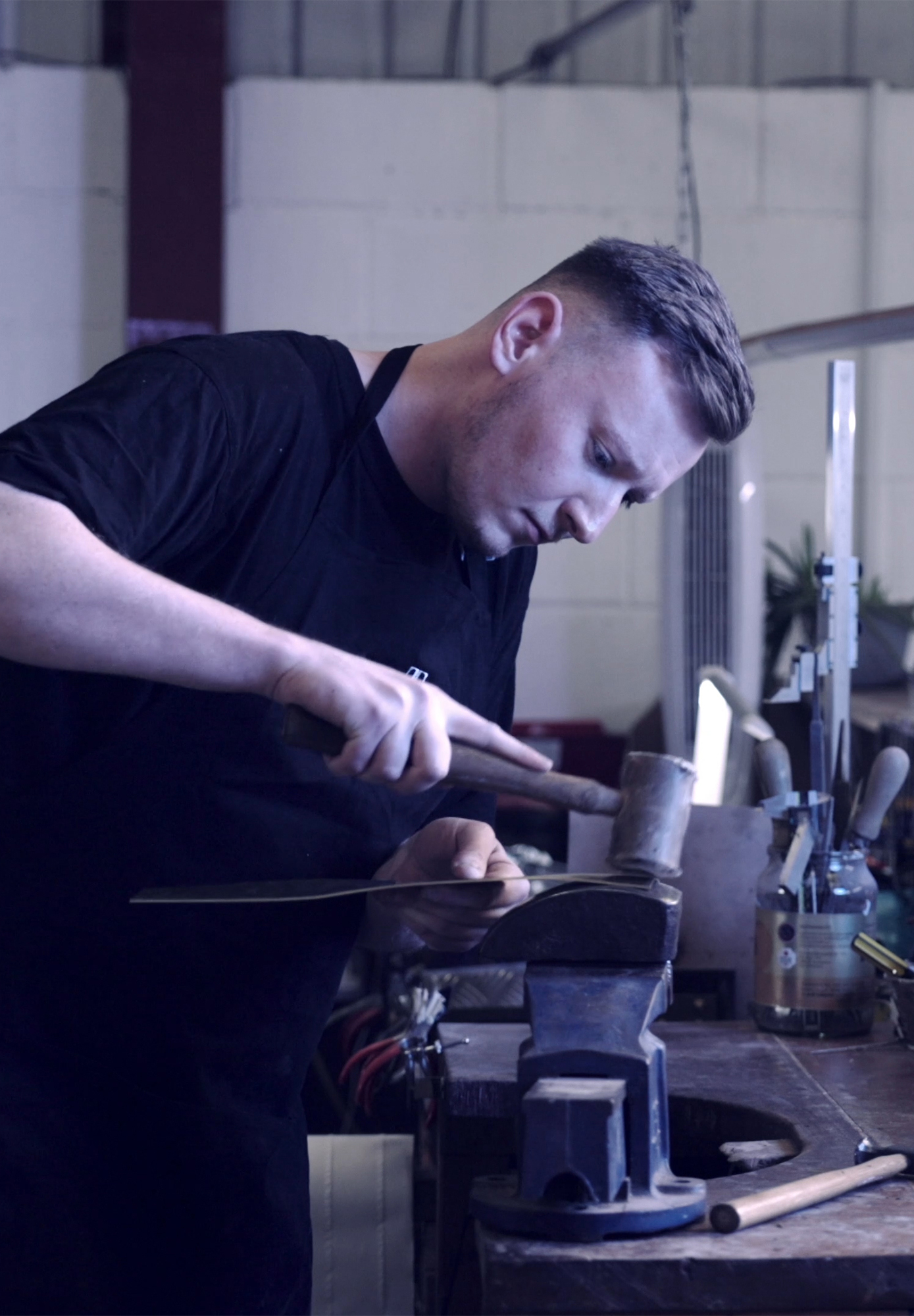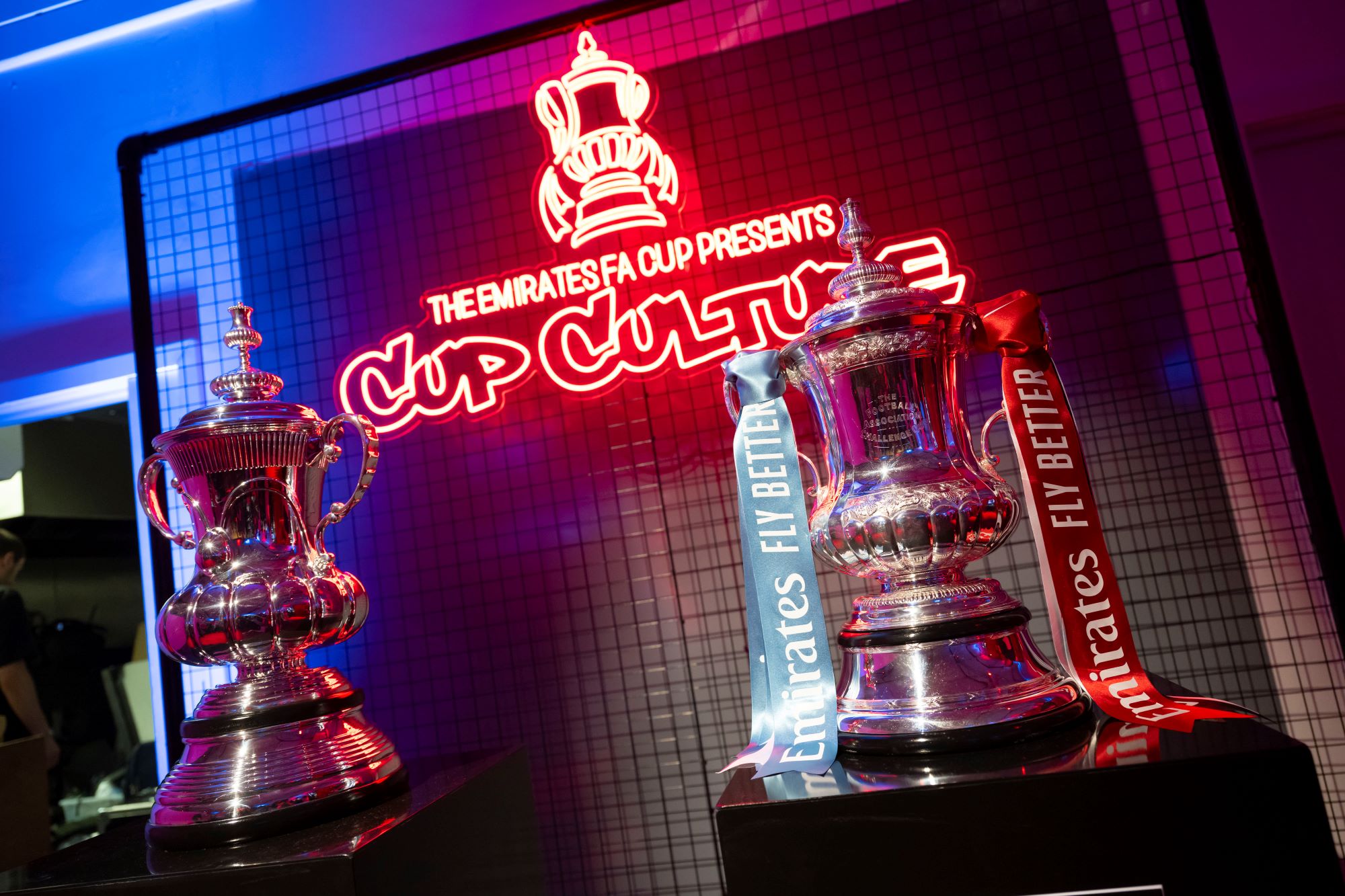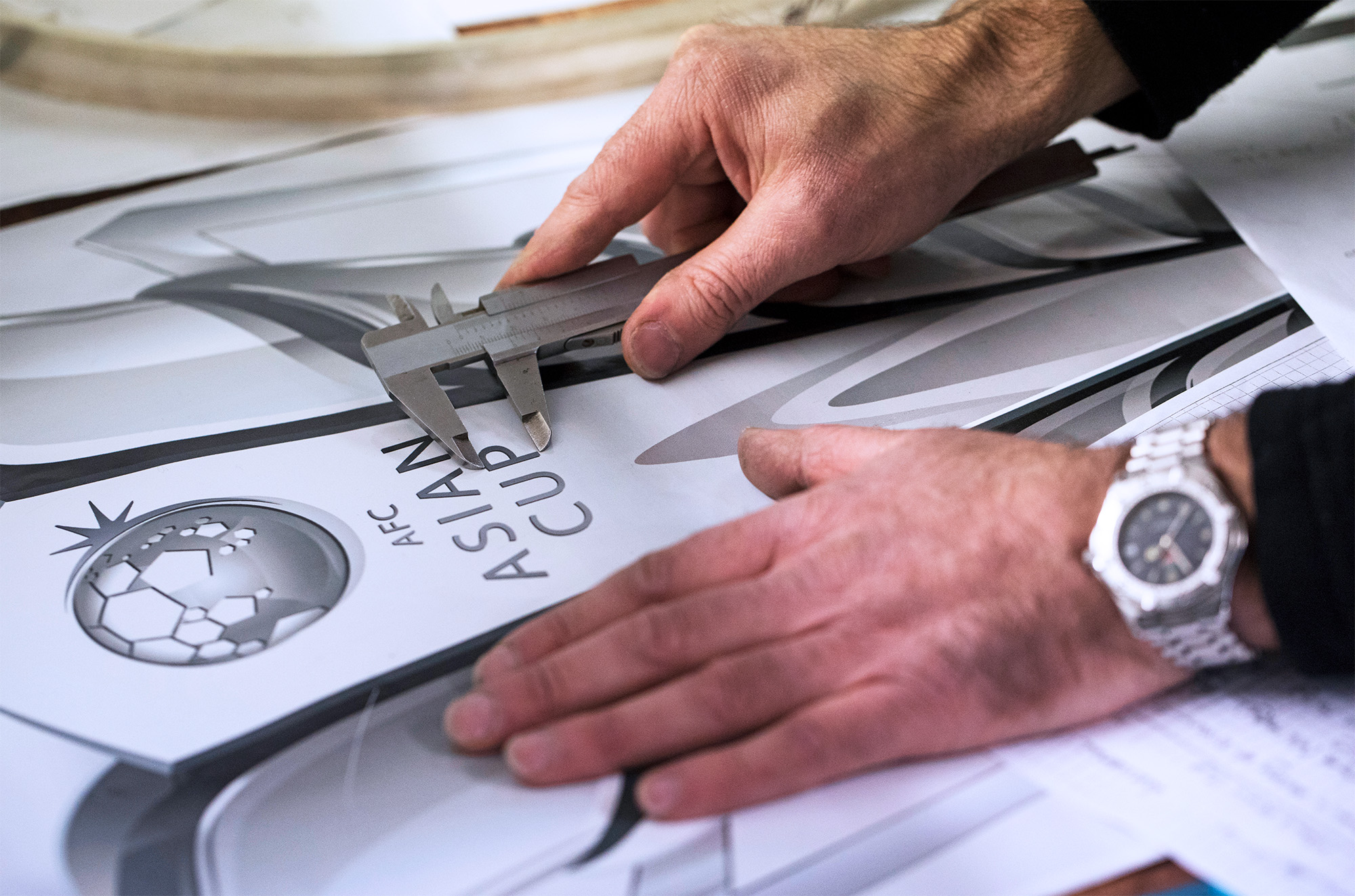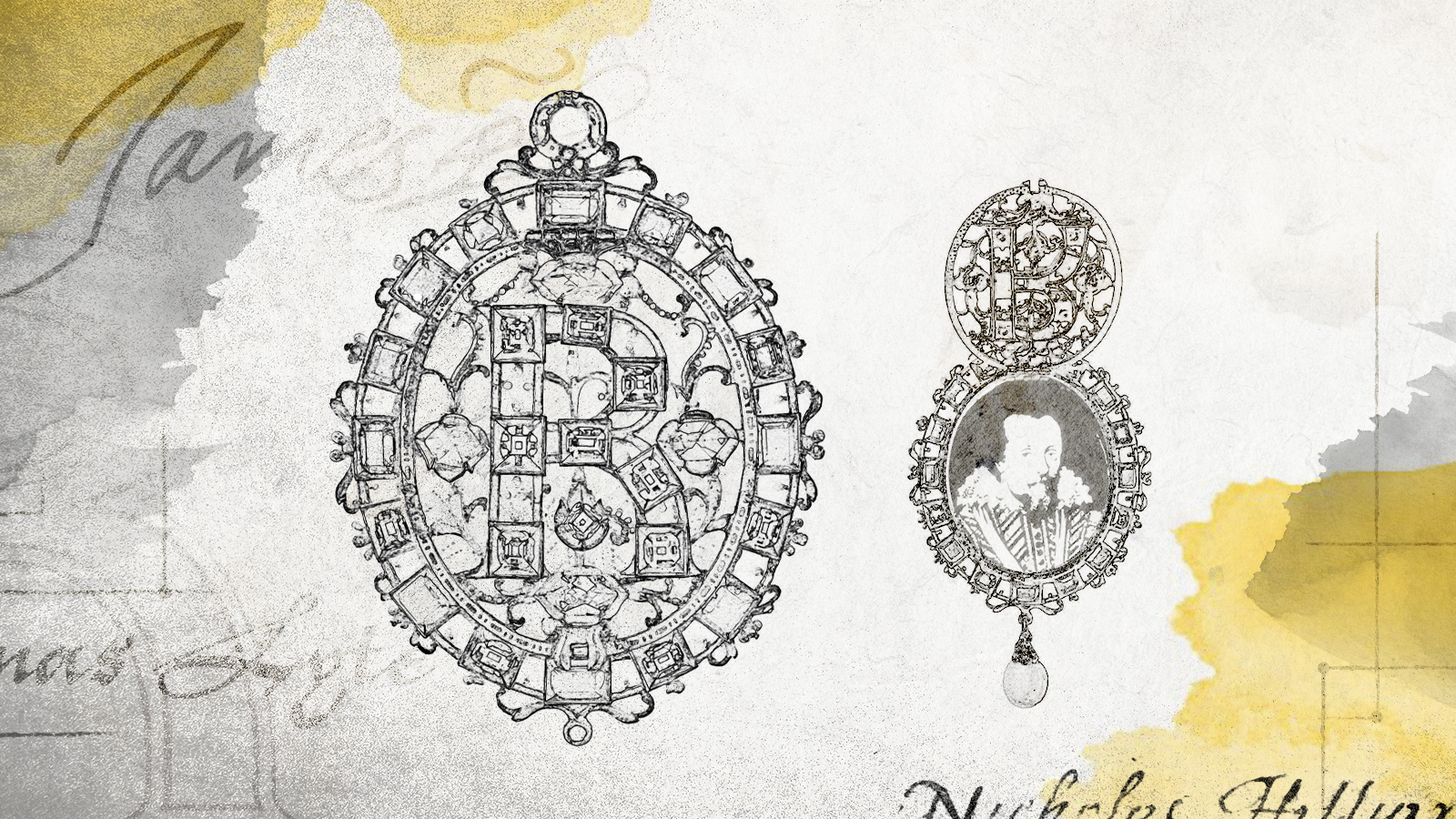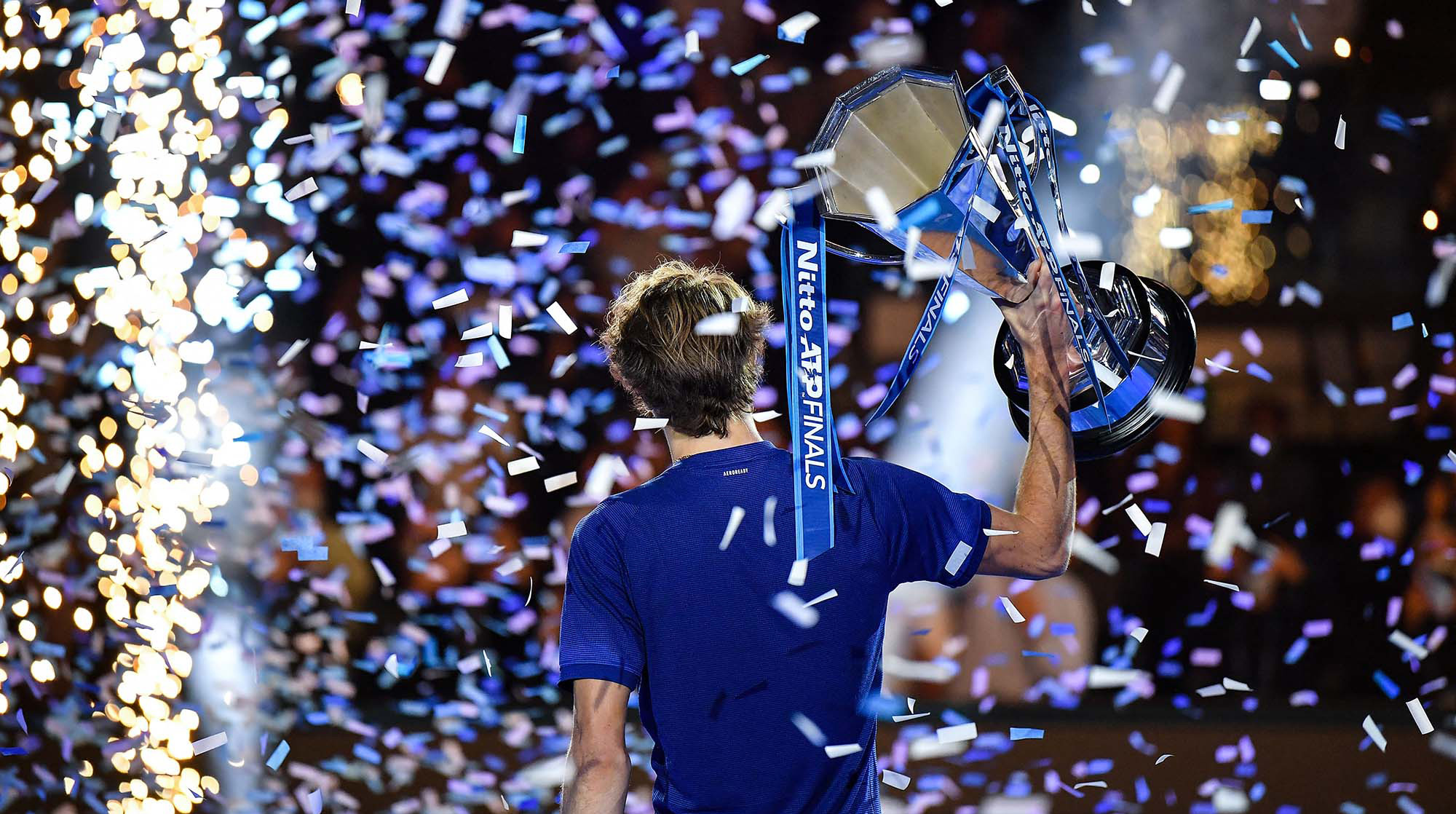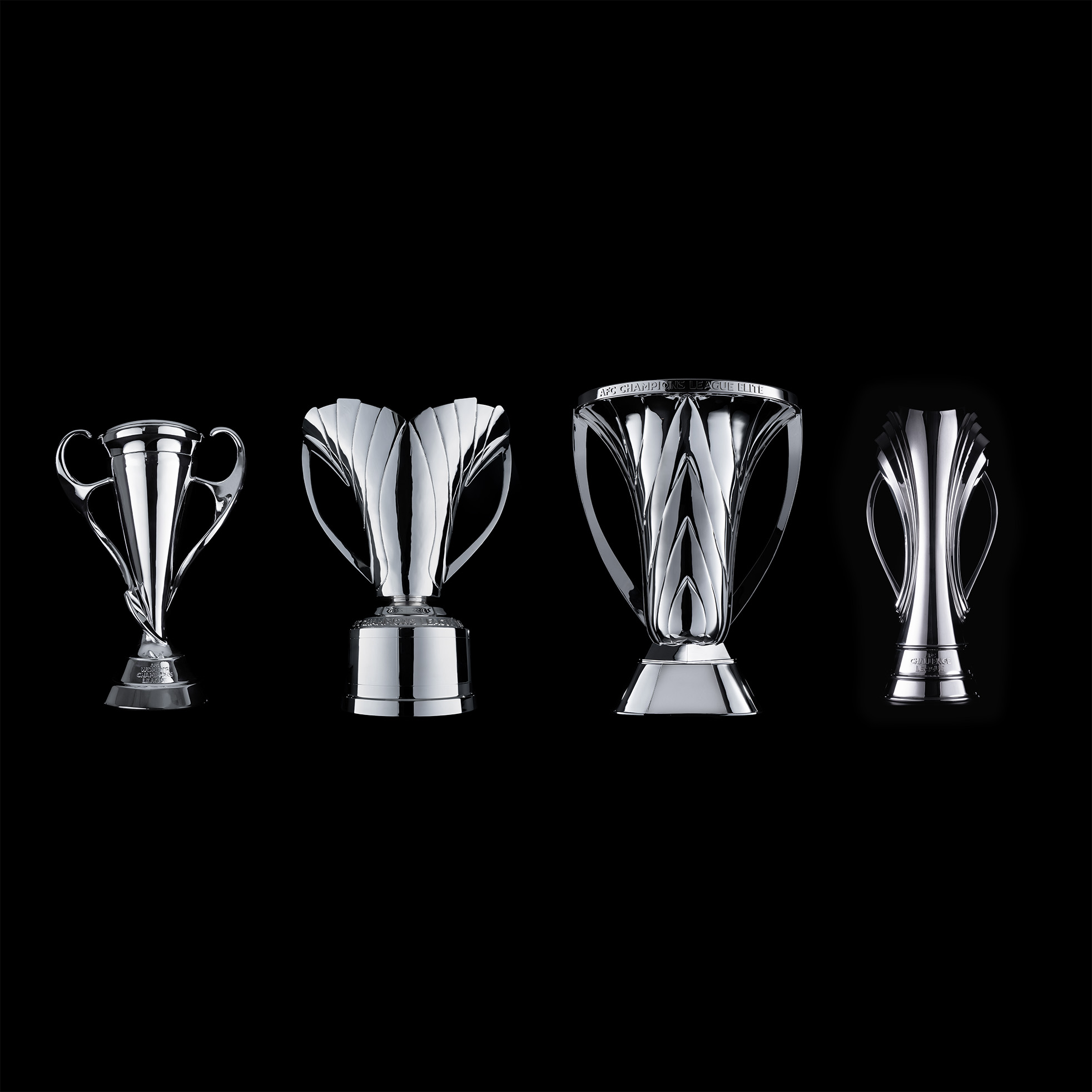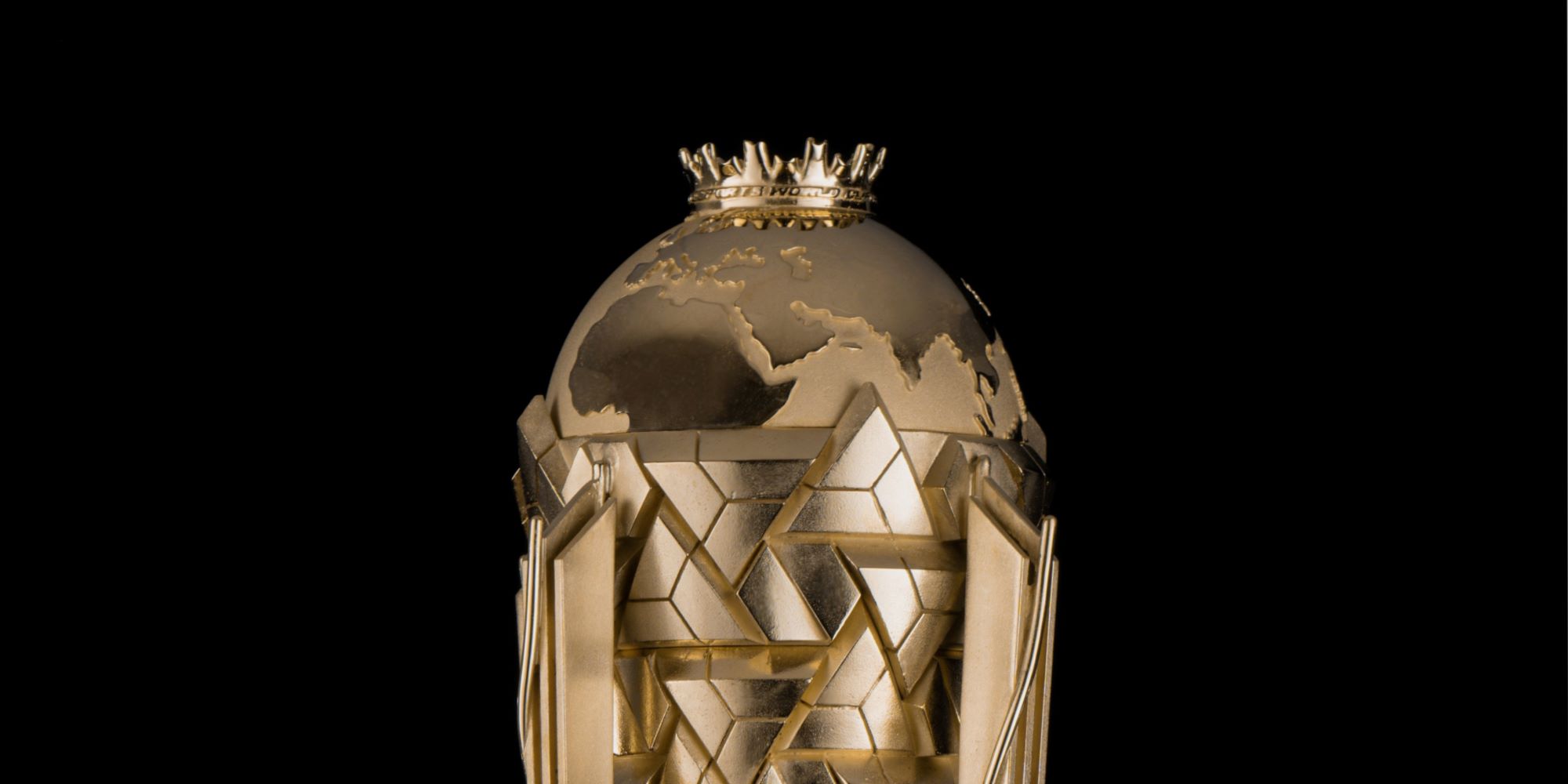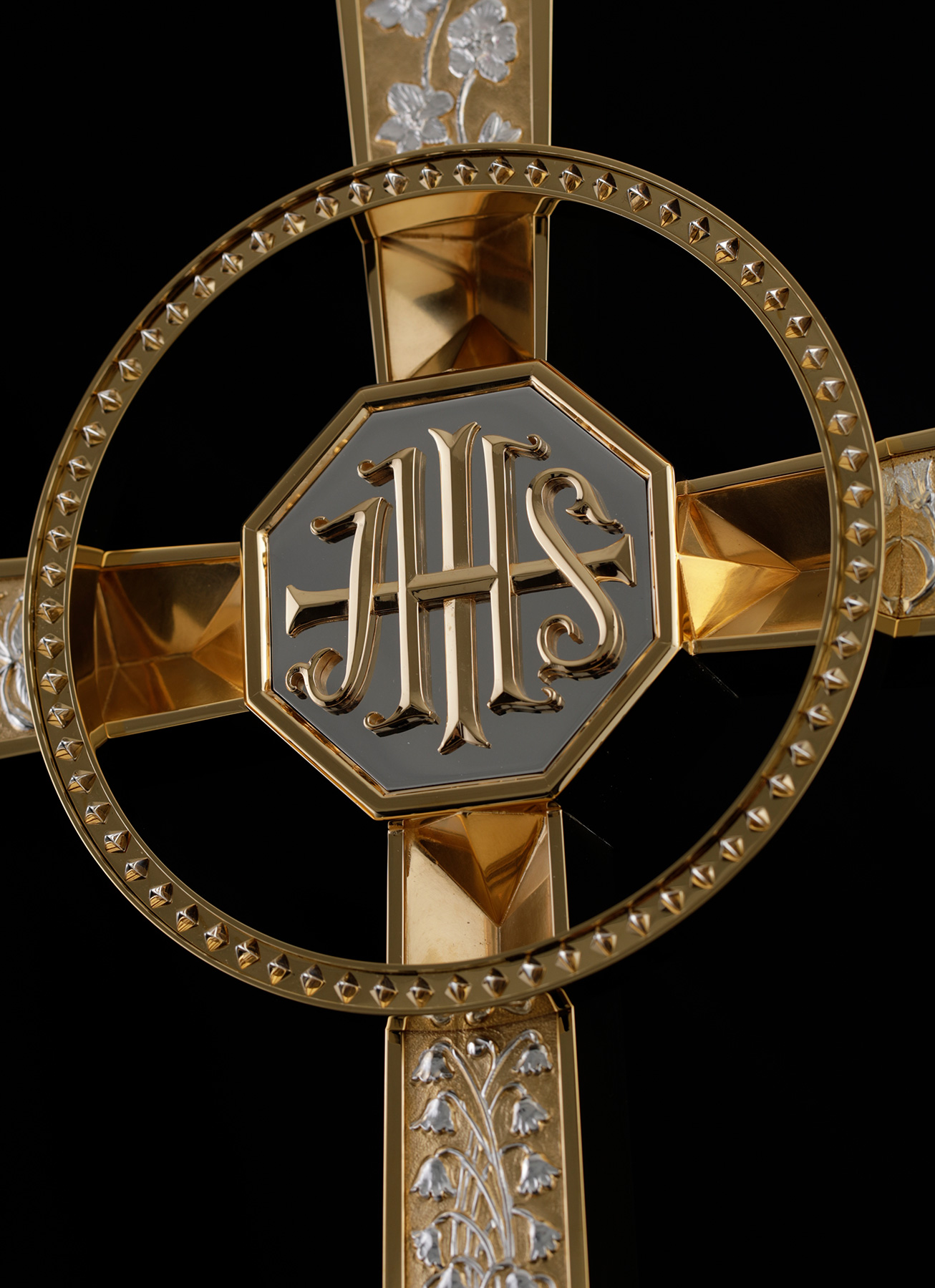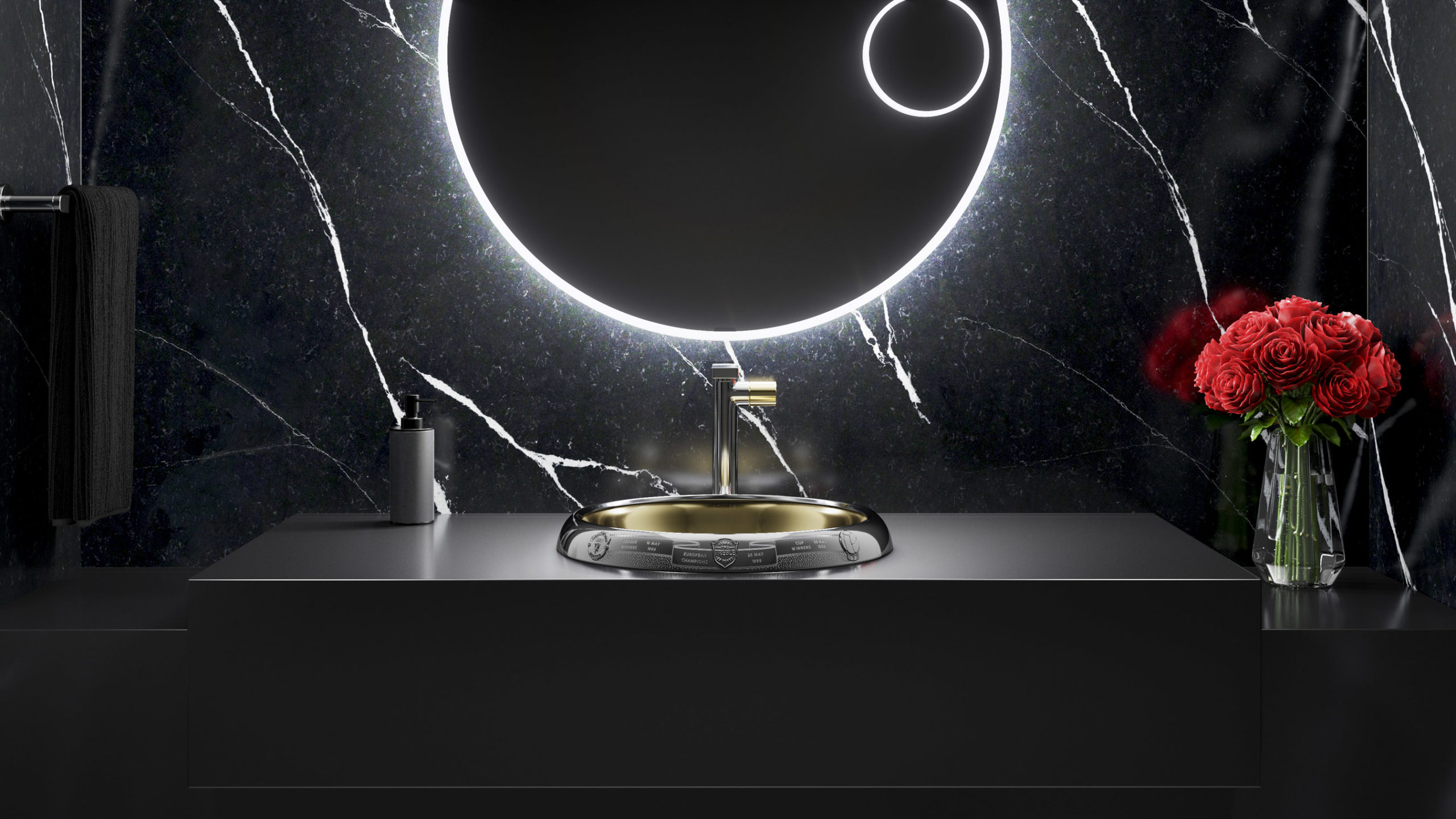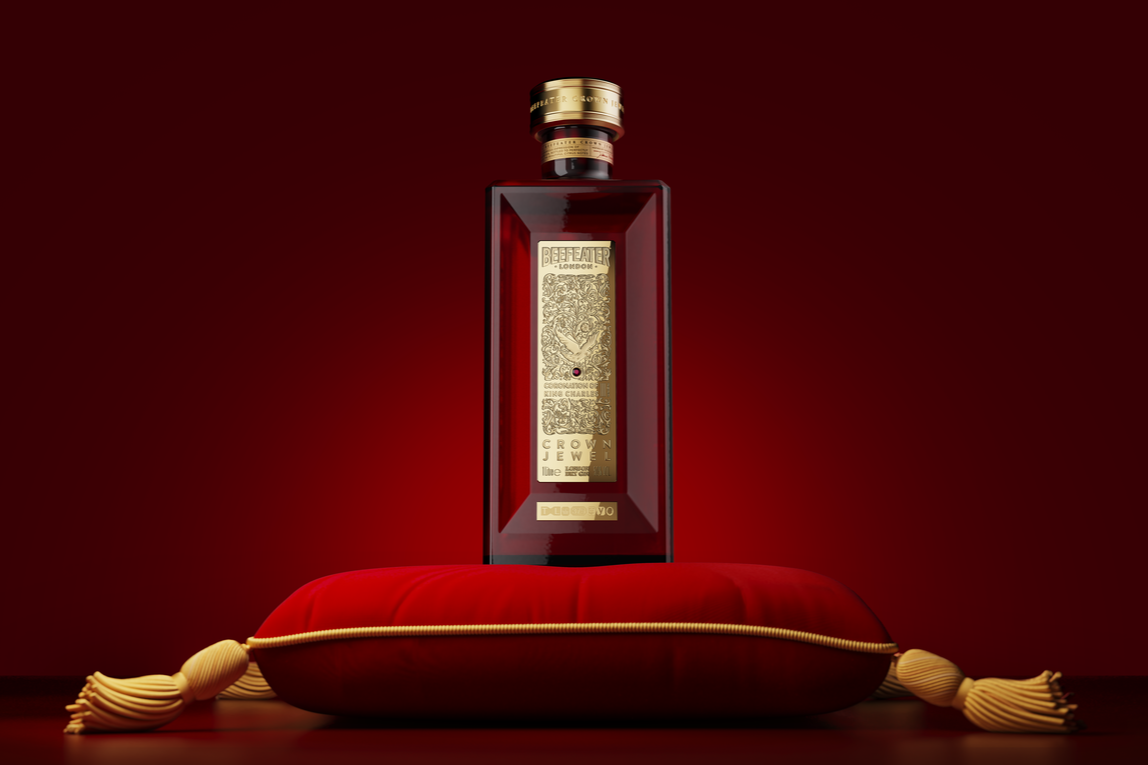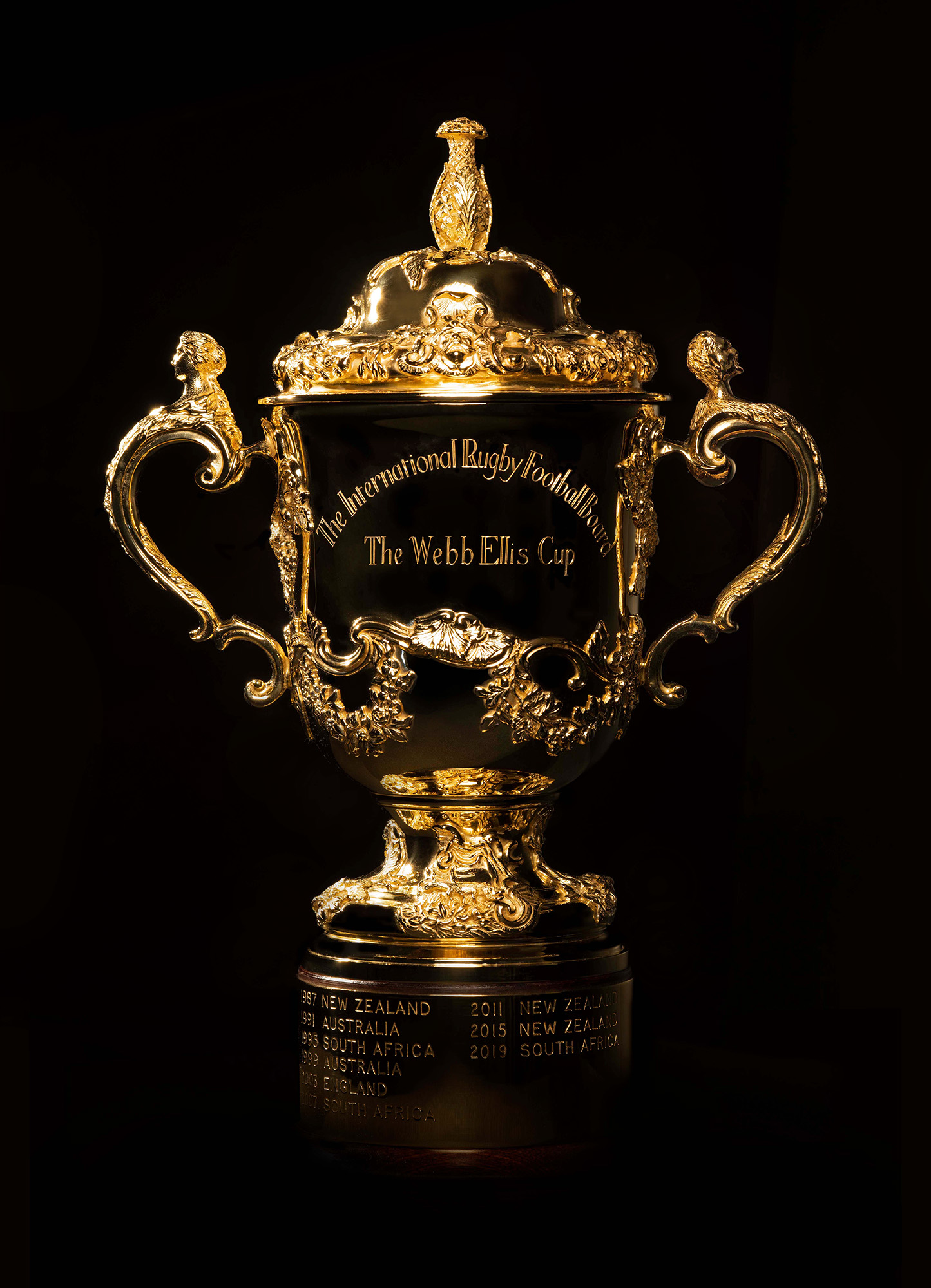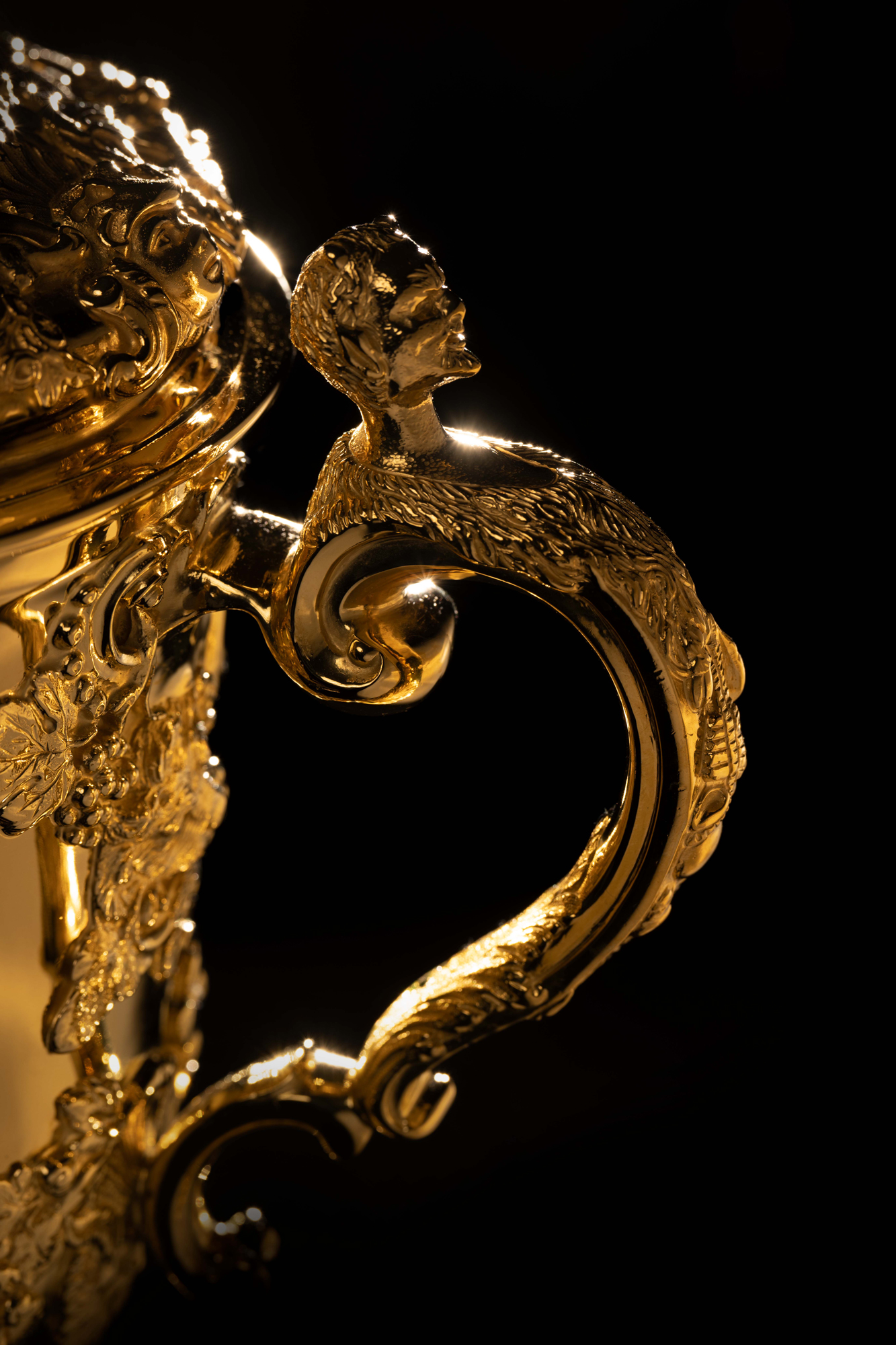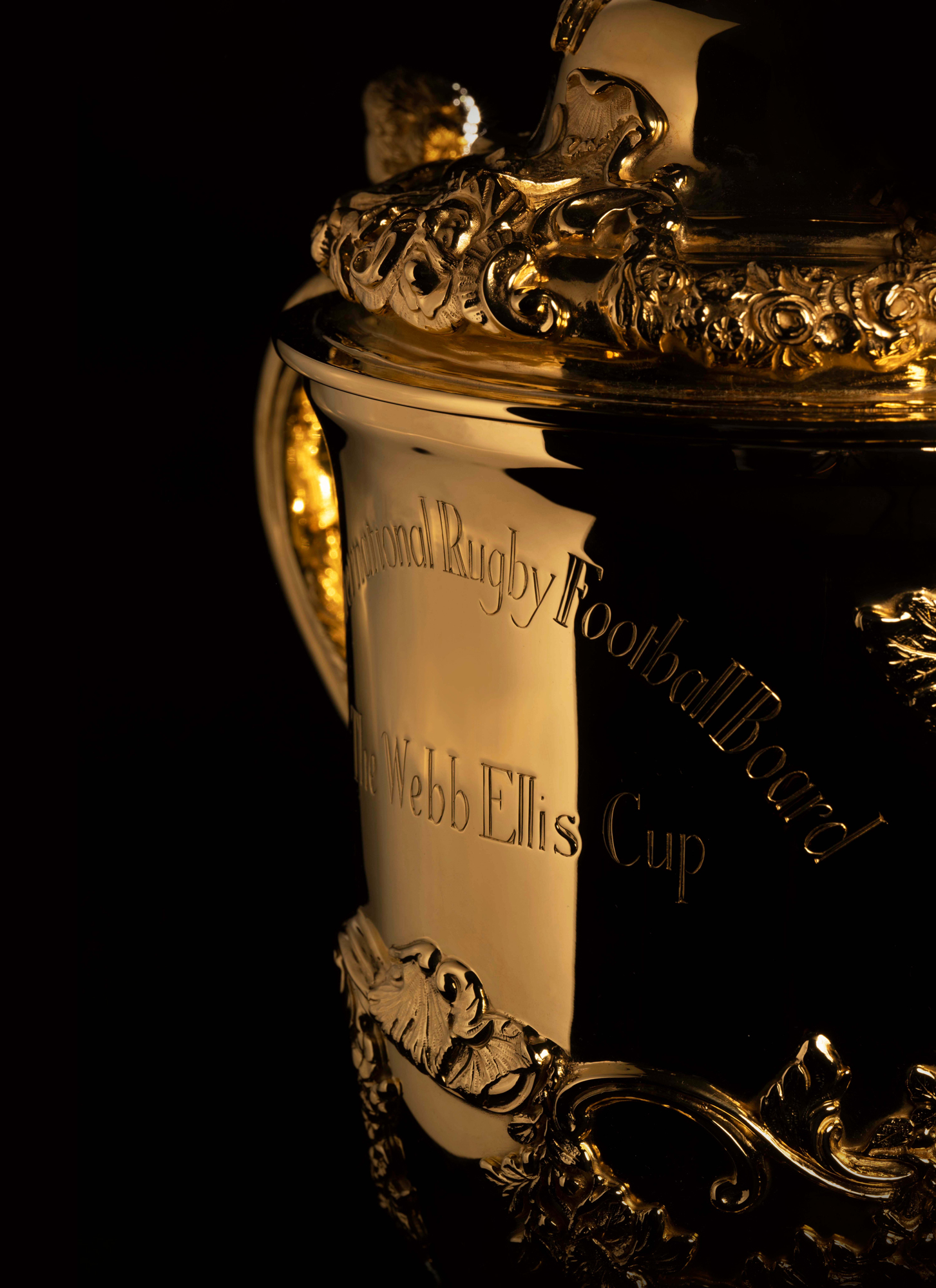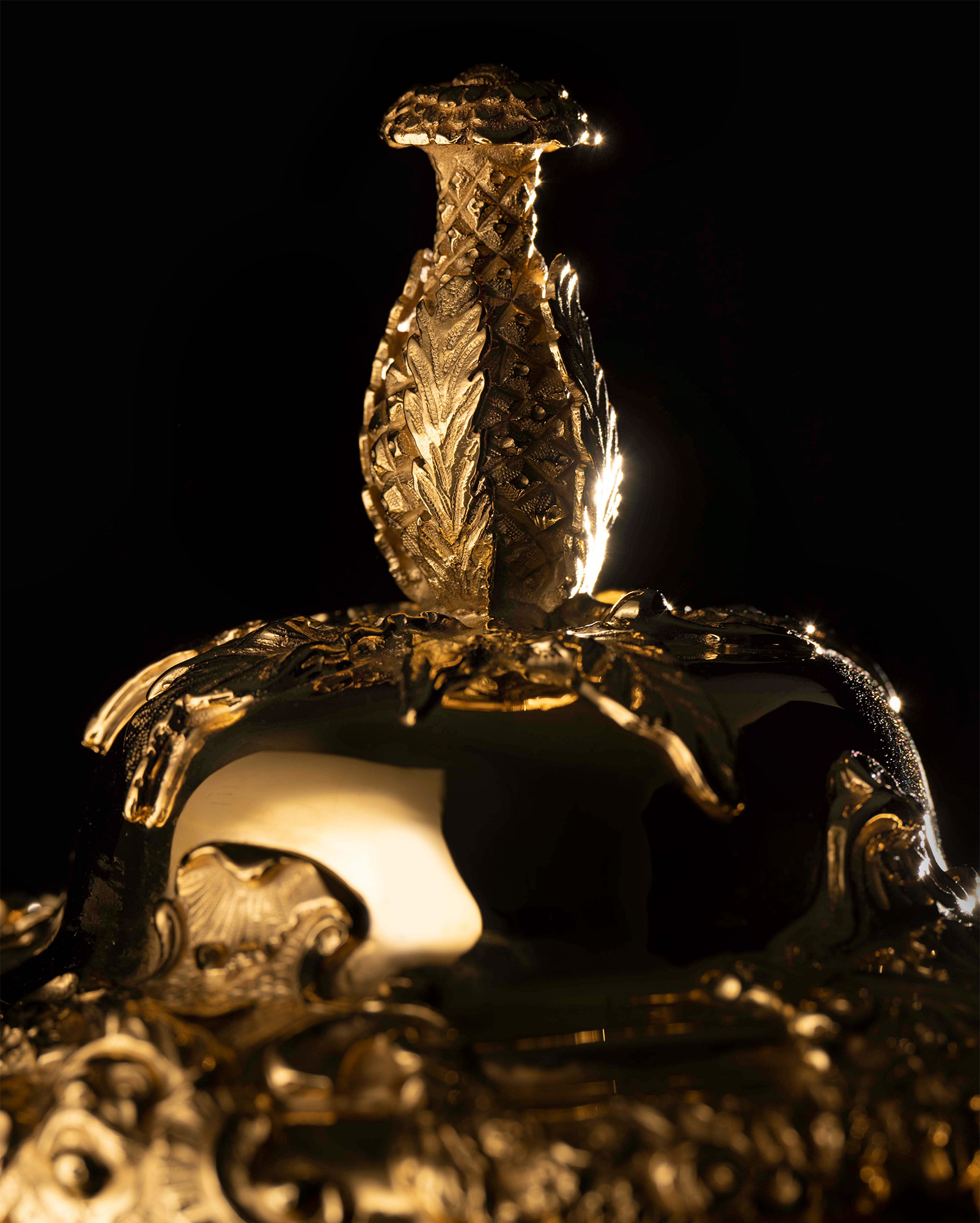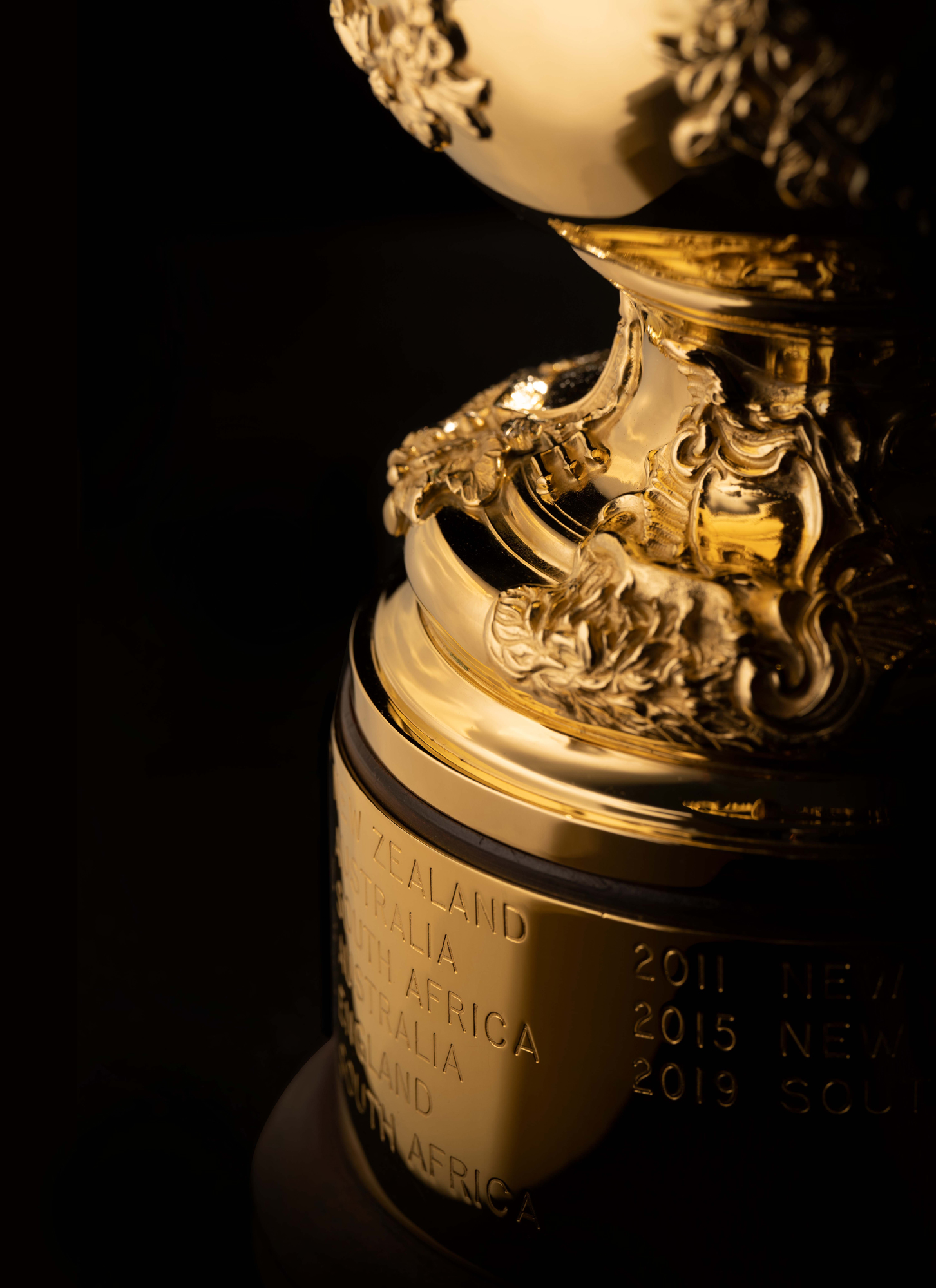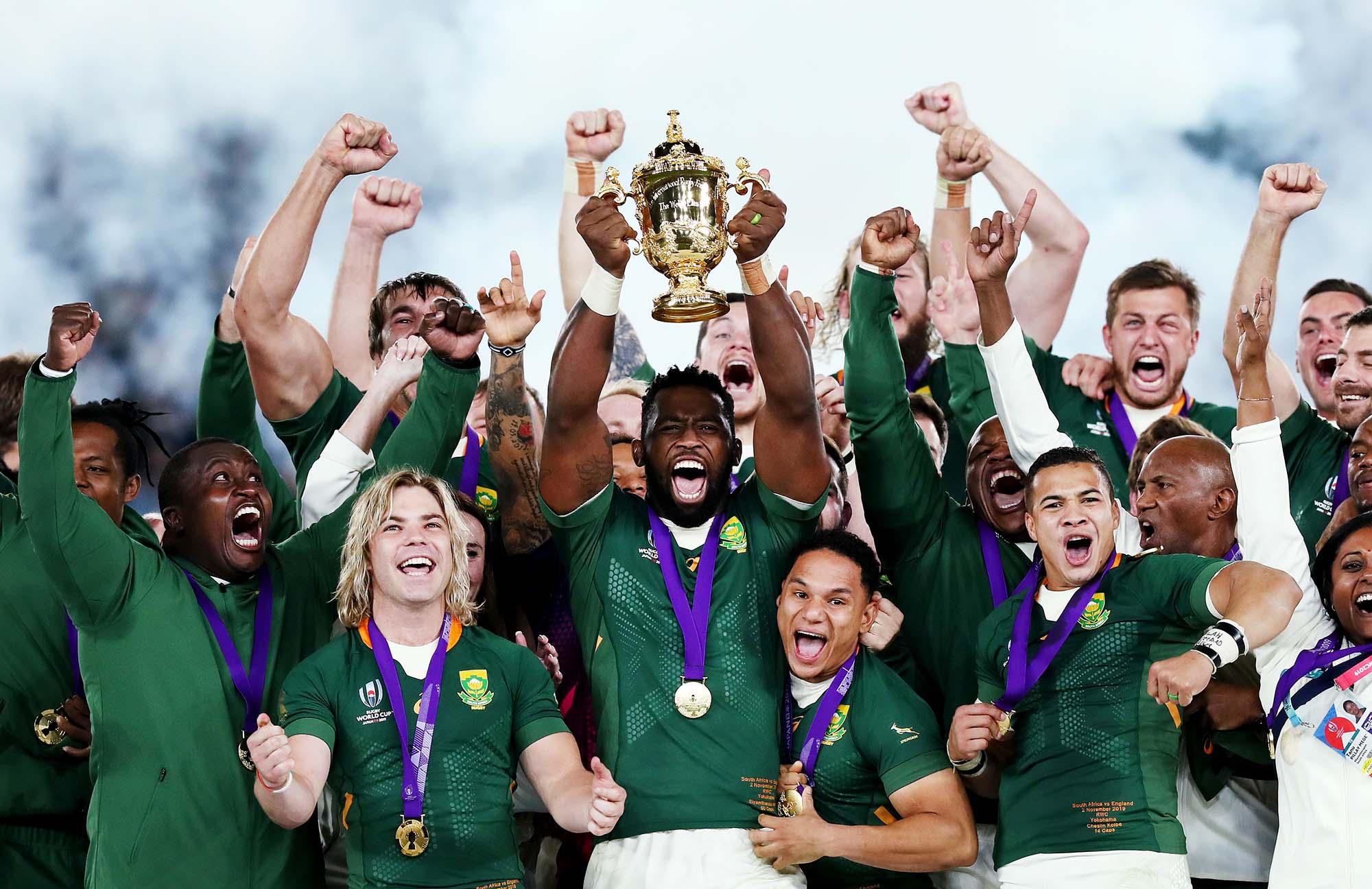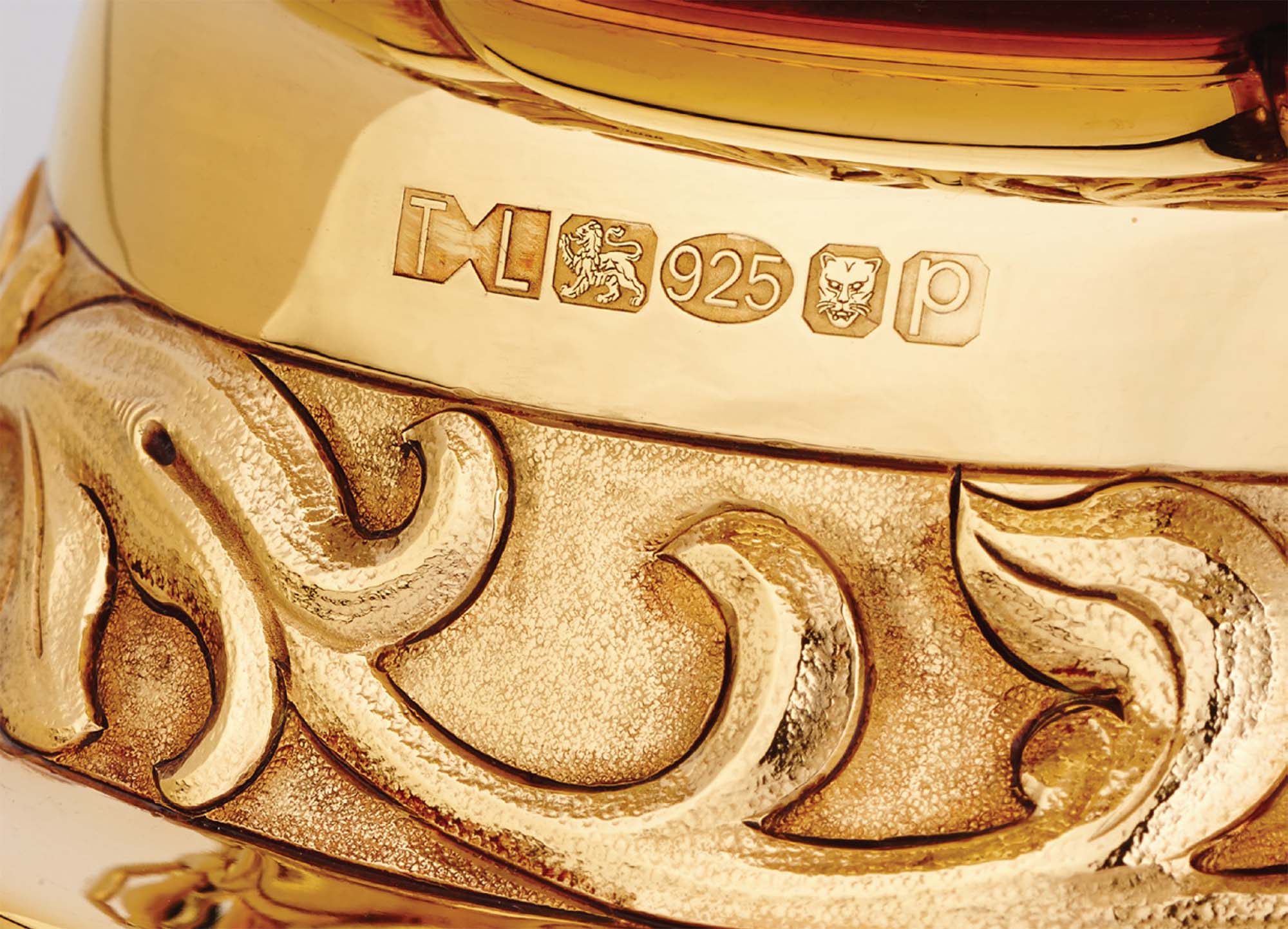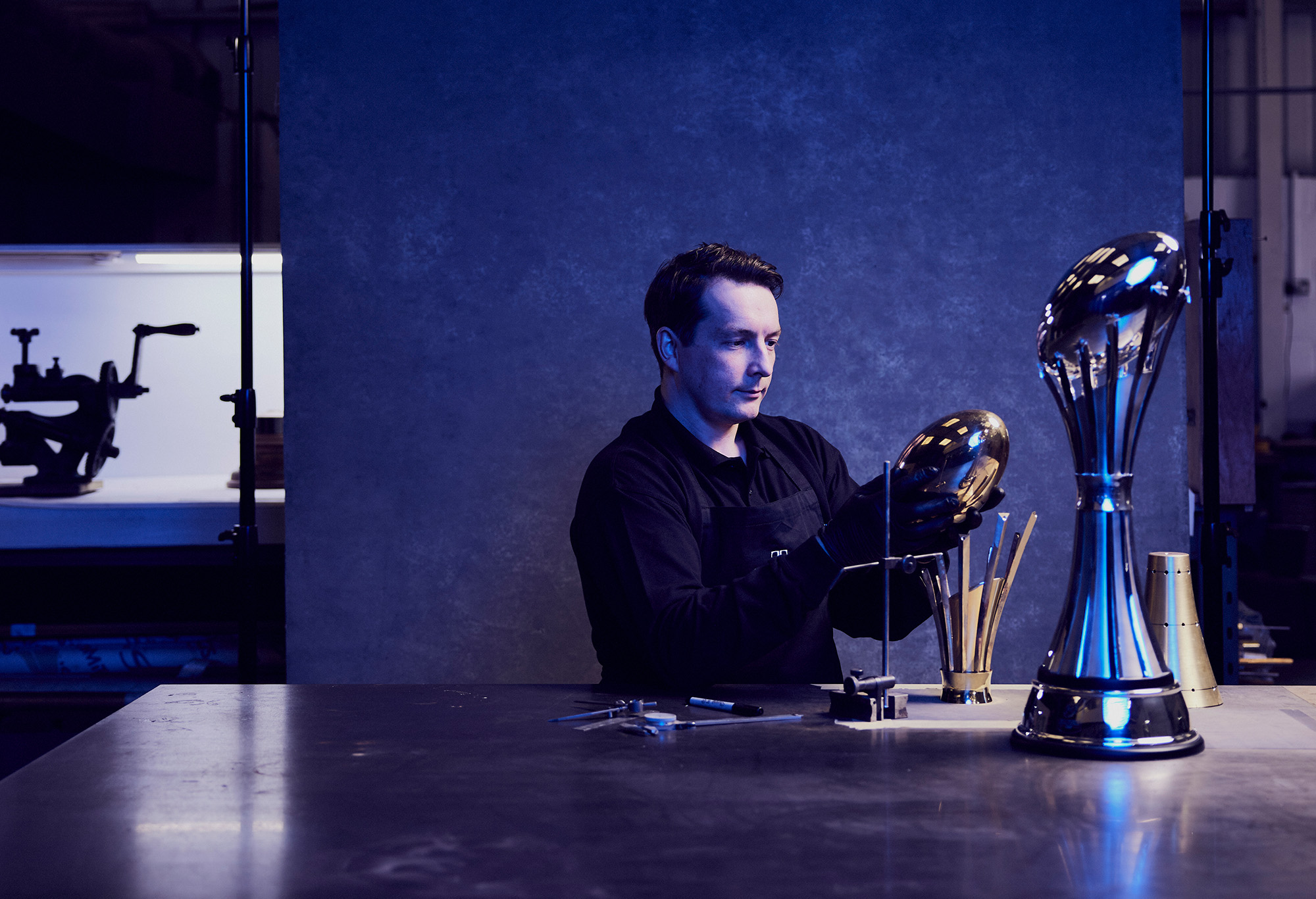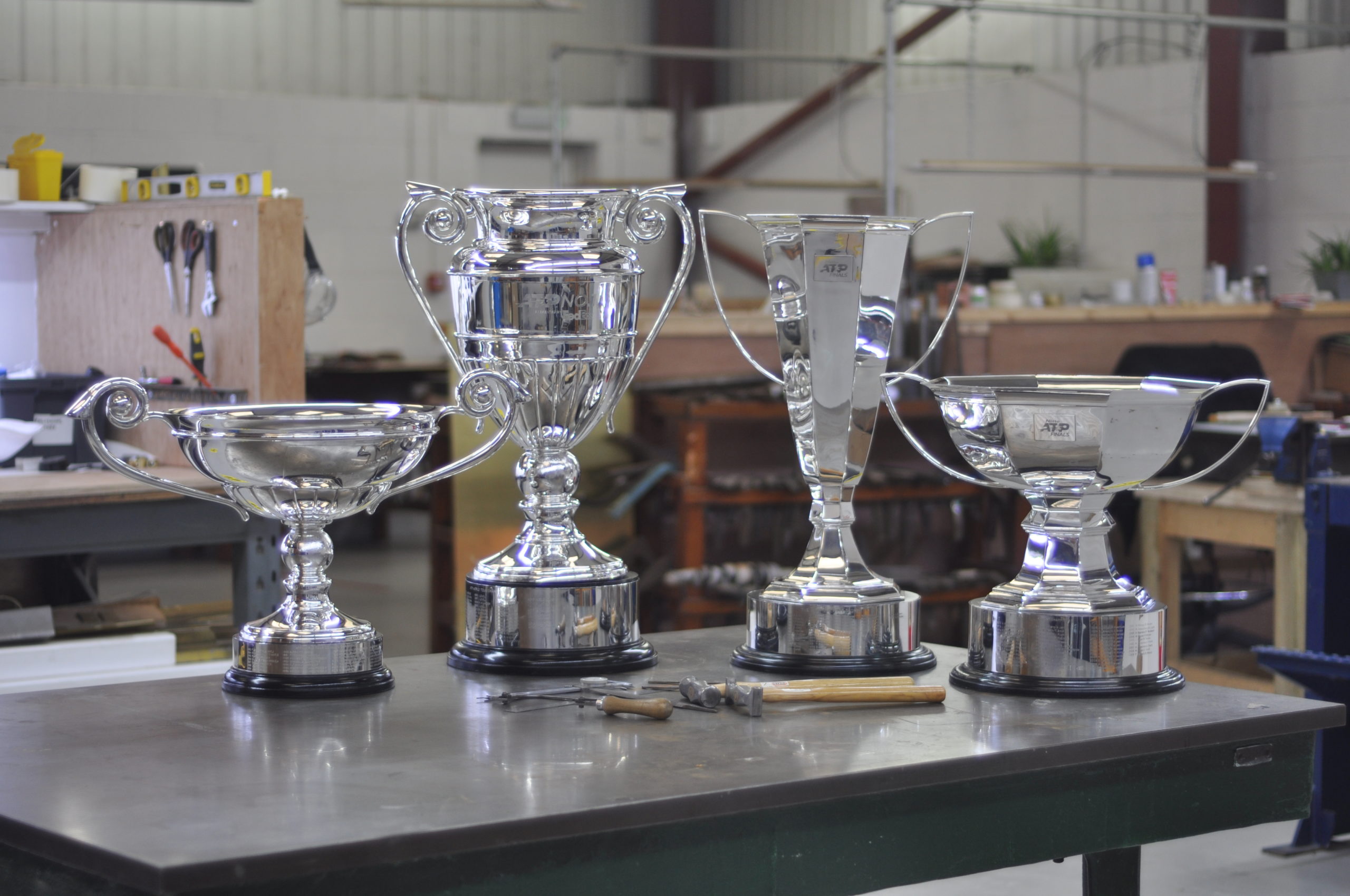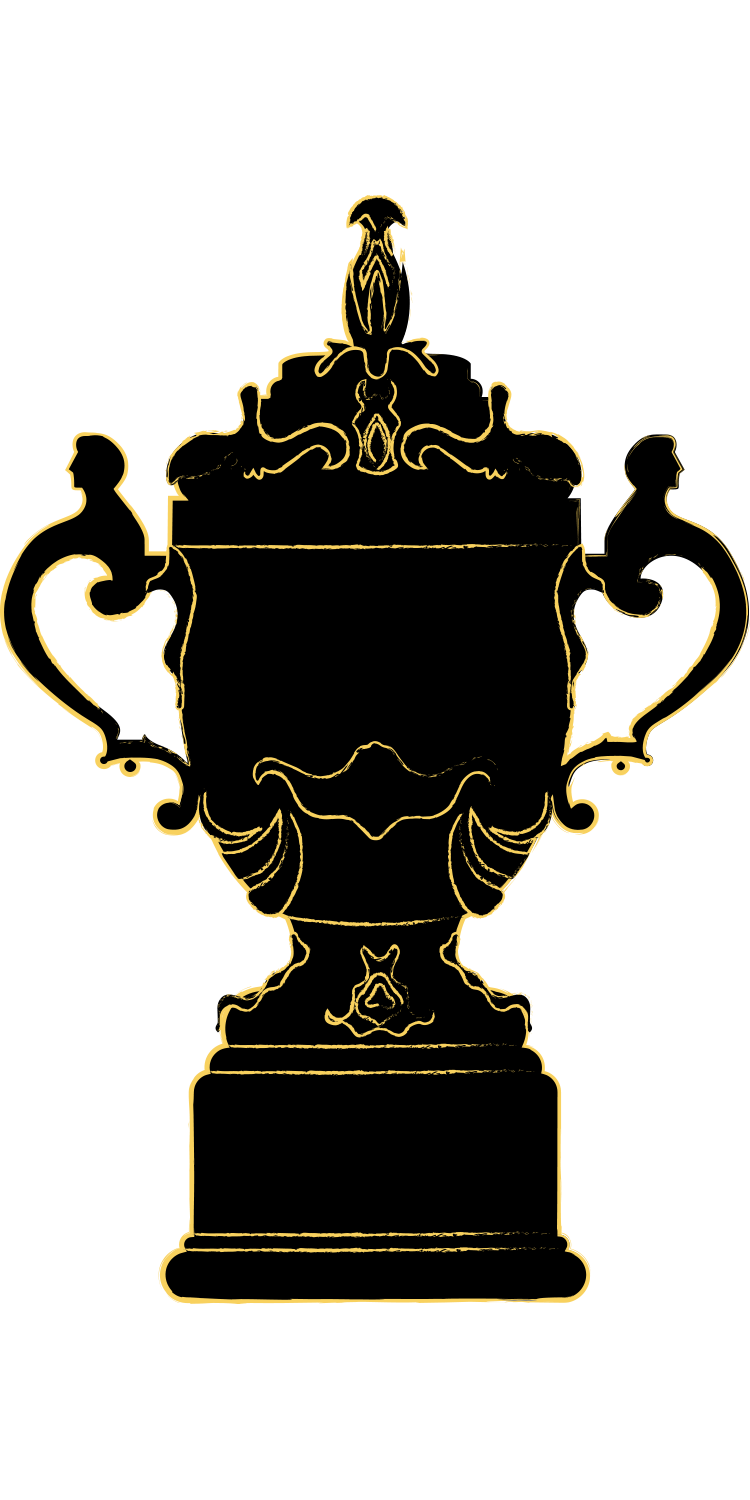Who made the Rugby World Cup?
First handcrafted in 1906, the Webb Ellis Cup is one of the oldest World Cup trophies in any sport. While the prizes at tournaments like the football World Cup have had numerous incarnations – the original Jules Rimet Trophy, for example, was awarded to Brazil in perpetuity after their win in Mexico in 1970 – the original is still handed to rugby union’s winning captain every four years.
The bespoke trophy is a Victorian version of another trophy first crafted as far back as 1740 by the silversmith and goldsmith, Paul de Lamerie.
It was selected as the trophy to be used at the first rugby World Cup by John Kendall-Carpenter, the former England forward and the then chairman of a tournament that would revolutionise global rugby, and Air Commodore Bob Weighill, the secretary of the International Rugby Board – the forerunner to World Rugby.
Standing at 38 centimetres in height, and weighing 4.5kg, the Webb Ellis Cup has two distinctive cast scroll handles, one of which bears the image of a satyr, the other the head of a nymph. The face of this magnificent trophy, has the words ‘International Rugby Football Board’, while The Webb Ellis Cup is written below.
![Slawn x Cup Culture FA Cup trophy made by Thomas Lyte]() SLAWN x Cup Culture: Where Football Meets Design, Art and Craft
SLAWN x Cup Culture: Where Football Meets Design, Art and Craft![Designers Makers Of The Queen Elizabeth II Platinum Jubilee Processional Cross 3 1306x1800]() Culture Round-Up: 2022 and the Queen Elizabeth II Processional Cross
Culture Round-Up: 2022 and the Queen Elizabeth II Processional Cross